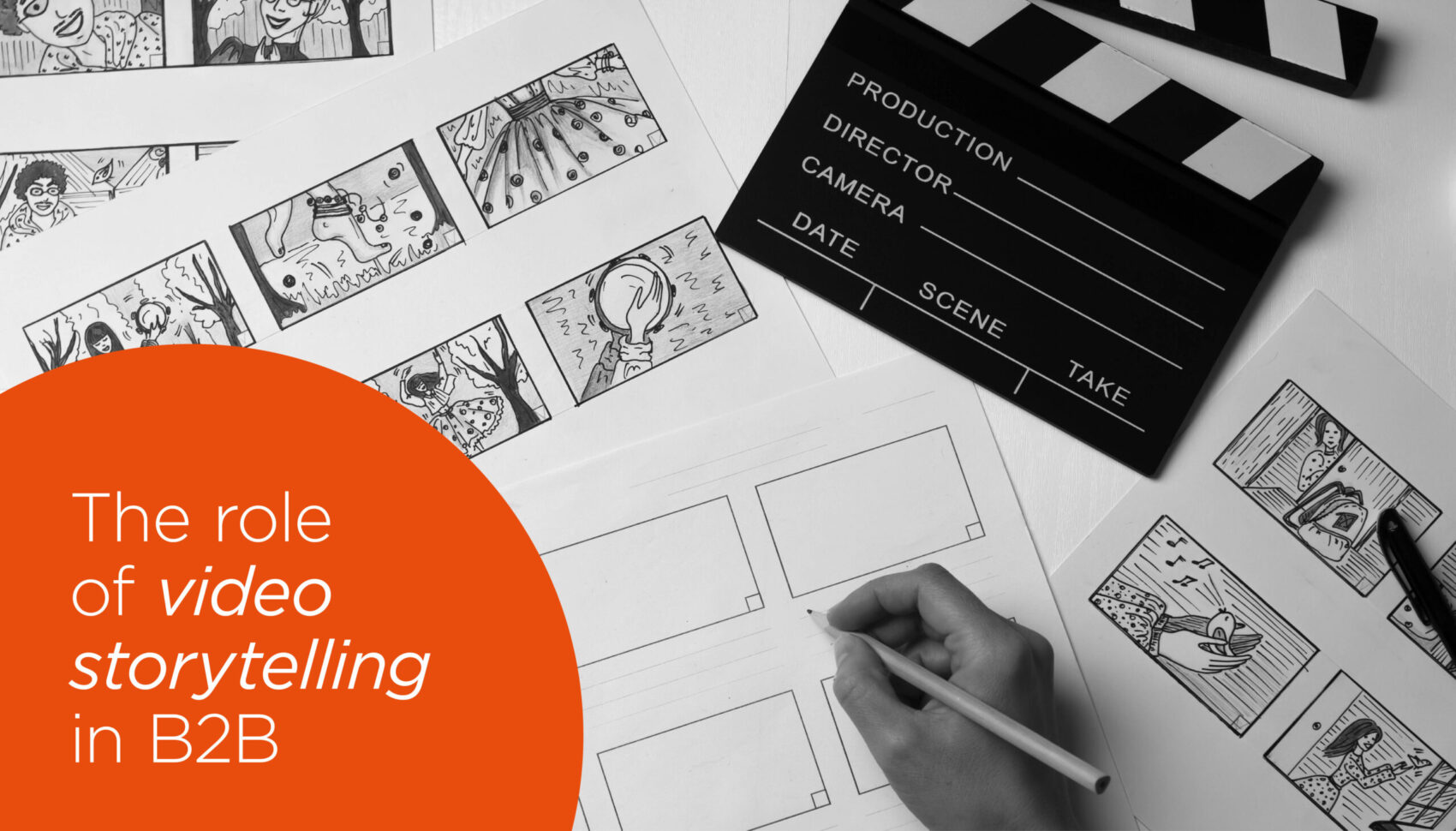When was the last time you watched a beautifully produced, engaging brand video online that captured your attention and stuck with you for days to come?
Chances are it wasn’t that long ago.
Content marketing is all around us, but the nature of it is changing drastically. In fact, brands are now producing so much content everyday, that it's becoming crucial to stand out and do something different. While text is becoming less desirable, video content has risen to take its seat on the throne.
More B2B companies and NFPs are starting to use the power of immersive digital storytelling to engage customers and increase lead conversions. Video marketing is an extremely effective way to capture the minds and hearts of your audience, increase website dwell time, convert leads and boost sales.
Of course, there’s a variety of videos that companies can produce, including educational content, product advertisements, short videos for social media, webinars, live-streams, customer videos, thought leadership videos and more.
Telling stories through video holds the power to capture a viewer’s attention and appeal to them on a more emotional level. It might come as no surprise that companies producing the most videos are tech, communications, media companies and professional services, some producing up to 300 videos per year, that’s almost one per day!
Let’s explore what one must consider when producing a high quality video story, as well as 3 examples of videos that nailed the art of storytelling.
But before that, a few telling stats about video marketing.
A Look At The Numbers
Video marketing statistics show just how popular video production has become in B2B companies, but also how audiences much prefer consuming video than text.
On average, users now spend up to 100 minutes per day viewing online videos. As a response, 86% of businesses use video marketing as a tool, up from 63% over the past 3 years according to Wyzowl’s State of Video Marketing Survey.

Vidyard’s Video Benchmark Report also provides us with insightful metrics. When given the choice, 72% of customers prefer learning about a product or service through video content rather than text-based marketing media.
Further, 79% of millennial study participants from the same report stated that a brand video convinced them to buy the product or service.
It is evident that video marketing isn’t just a trend, it has become an integral part of broader marketing strategies.
The Four Ps of Video Storytelling
Creating stories requires a lot of thought and intention. Before even producing a video, marketers should address four important parts of what it takes to construct a great storytelling experience.
Plot
What will your story consist of, and what is the arc of your story? It is important to consider how to appropriately introduce your topic, what conflict or complication you'd like to address, and ultimately what resolution to include.
Purpose
Why are you creating this video, and why is it important for your brand? Also, how do you want audiences to respond to the video and what action would you want them to take after watching it?
Place
Consider the setting of the video. If the video speaks of a customer's experience, will it take place in their home or in their workplace? If the video addresses a certain charity campaign for example, it might take place in the field.
People
Think about your audience. Who is this video targeted towards and is it meant to draw in new leads, increase brand awareness or appeal to your loyal customer base?
3 Examples of Great Video Storytelling
Postvention Australia
Recently, Make It Happen produced a series of heartfelt videos, with the help of SVP, for Postvention Australia, an advocacy organisation that supports the people left behind when someone dies of suicide.
The series presents a collection of powerful stories of people sharing their lived experiences and is designed to raise awareness of Postvention’s powerful mission.
It is a great example of an episodic video approach that not only features compelling stories, but gives Postvention’s clients an opportunity to comment on how the service has improved their lives.
Slack
Here’s an example of a fully animated, highly playful video from Slack featuring completely fictional characters and their made-up language. Slack managed to find a way to stand out while still delivering their message effectively.
The only words spoken are those of a tagline: “All kinds of people on all kinds of teams use Slack to do amazing things” These few words, combined with the eye-catching world in this story make up a great example of video storytelling done right.
SAP
In this case, SAP, a software solution company, decided to showcase their work culture and attract more job applicants through this highly entertaining video.
On Take Your Child To Work Day, kids talk about what they think their parents do at the company, and contribute levity to a job that might seem quite serious. The video does the trick in drawing the viewer in, at least to see what these adorable kids have to say!
Final Thoughts
Video storytelling can often achieve so much more than text-based content can. It offers B2B companies a chance to tell compelling stories, engage with customers and capture new leads. In an era where video rules, customers expect slick, clever and highly engaging content.
By paying attention to a few important components that boost your ability to tell a story well, you’ll be able to produce amazing videos and take your video marketing to the next level.
If you haven’t already taken the step to produce quality storytelling videos, don’t wait any longer and take the leap today!

